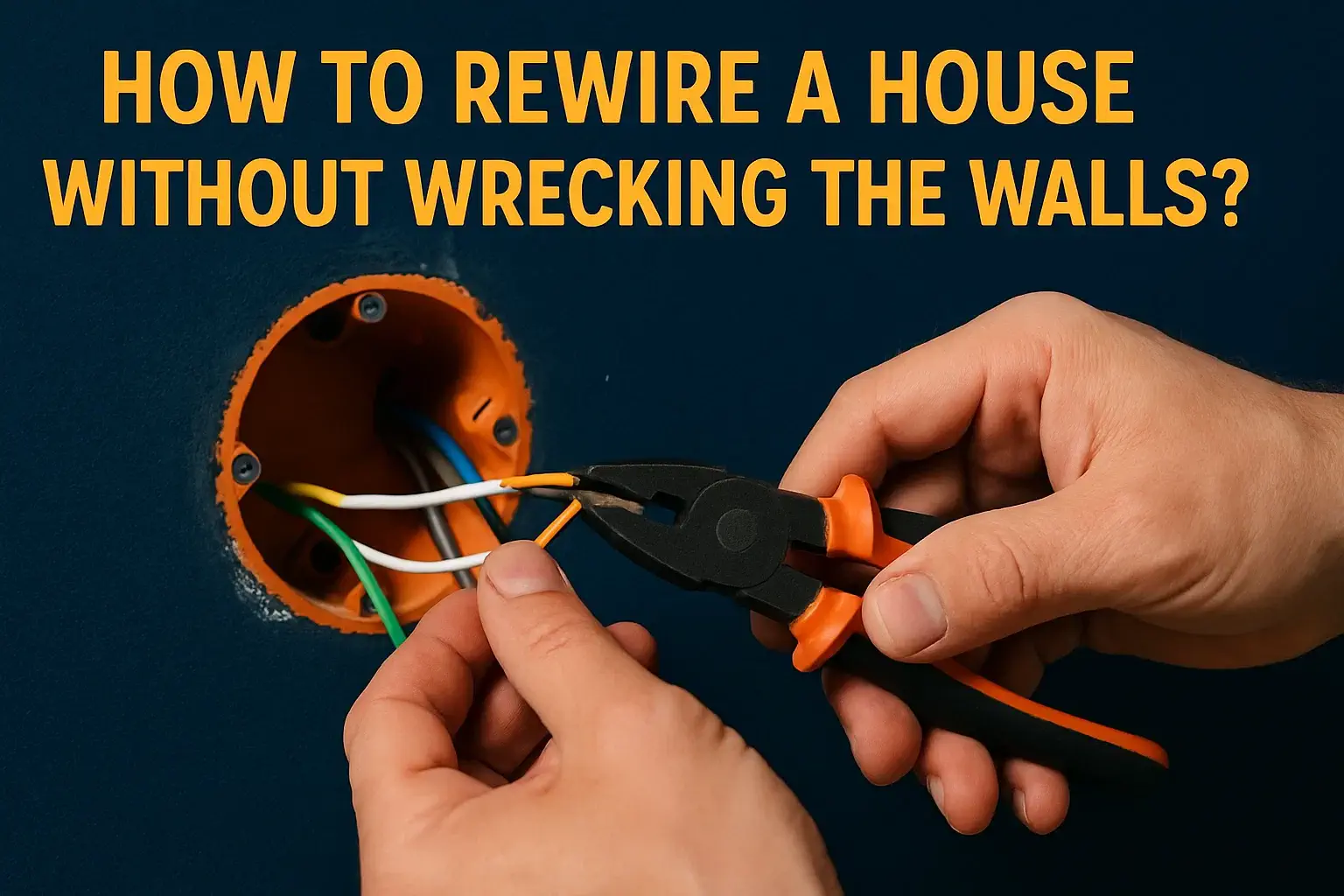
Thinking about a whole-home rewire but worried your drywall will look like Swiss cheese? This guide explains How to Rewire a House without Wrecking the Walls, what’s actually possible, How to rewire a house step by step, and when selective “cut-and-patch” is smarter than brute-force demolition. You’ll also learn safe permit requirements in LA, costs, timelines, and whether How to get your house rewired for free (or close) is realistic through rebates, assistance programs, or financing. If you prefer a done-for-you approach, Tik Electric provides code-compliant planning, permits, and clean installs tailored to older LA homes—minimal mess, maximum safety.
Who this is for?
Homeowners (especially in pre-1990 LA houses) who suspect aging wiring, tripping breakers, aluminum branch circuits, or who need capacity for EV chargers, heat pumps, or remodels—and want it done cleanly.
Can You Rewire a House Without Damaging Walls?
Short answer: Often, yes—mostly. Complete “no-hole” rewires are rare, but pros can reroute new circuits through:
- Attics and crawlspaces (vertical “fishing” down/up stud bays)
- Closets and utility chases (hidden access)
- Baseboards and crown (remove and replace neatly)
- Existing conduit (pulling new conductors where code allows)
- Surface raceway in utility areas (finished to look intentional)
Expect small, strategic access holes around top/bottom plates, fire blocks, and box locations. In plaster homes, a few cuts are still typical. The goal is surgical—not sheet-by-sheet demolition.
How to Rewire a House Step by Step
- Safety & Scope
- Inspect panel, grounding/bonding, and a sample of branch circuits.
- Identify hazards: knob-and-tube, brittle cloth insulation, back-stabbed outlets, aluminum wiring (CO/ALR terminations), ungrounded 2-prong receptacles.
- Document AFCI/GFCI needs (kitchens, baths, laundry, outdoor, garage), smoke/CO interconnects, and surge protection.
- Load Calculations & Circuit Map
- Balance dedicated circuits (microwave, dishwasher, disposal, laundry, HVAC, EV charger).
- Plan future loads (induction range, heat pump) to avoid rework later.
- Permits & Code Plan (Los Angeles)
- Pull permit, schedule rough-in and final inspections.
- Align to the latest NEC as adopted by LA plus local amendments; include arc-fault protection where required.
- Low-Impact Routing Strategy
- Use attic/crawlspace drops, closet backs, and chase lines.
- Pop small access holes only where plates or blocks stop the fish.
- Replace with old-work (retrofit) boxes—no studs cut.
- Panel Work & Labeling
- Upgrade main/service or subpanel if needed; ensure proper grounding/ bonding, whole-home surge.
- Label circuits clearly for future troubleshooting.
- Pull, Terminate, and Protect
- Pull copper THHN in conduit or NM-B (where allowed), staple and secure per code.
- Terminate to spec; torque to manufacturer values; use CO/ALR devices only where aluminum conductors remain (or pigtail to copper with approved connectors).
- Rough Inspection → Patch & Paint
- Once approved, patch minimal holes, texture-match, paint, reattach trim.
- Final Inspection & Client Walkthrough
- Test AFCI/GFCI, smoke/CO, labeling, voltage drop on long runs.
- Provide permit number, as-built circuit map, and warranty.
Ready for a Clean, Permit-Ready Home Rewire in Los Angeles?
We rewire with minimal wall impact—attic/crawlspace fishing, tidy patches, and code-compliant upgrades. LADBS permits & inspections handled, AFCI/GFCI protection added, and future capacity planned for EVs and electrification.
How to Rewire a House Without Wrecking the Walls
Top-Down Fishing: From attic to each room; a flex-bit can drill top plates without opening the wall face.
- Bottom-Up Fishing: From crawlspace/basement; ideal for first floors.
- Trim-Assisted Access: Temporary removal of baseboard/crown to hide narrow channels; reinstalled to original look.
- Smart Junction Placement: Boxes aligned with studs to avoid extra cuts; old-work boxes save the day.
- Existing Pathways: Old conduit or raceways reused (if compliant) to avoid fresh wall work.
- Micro-Openings Only: Quarter-to-palm-sized holes at fire blocks; patched same day.
Can You Rewire a House Without Removing Walls?
Often, yes—if:
- There’s usable attic/crawlspace
- Ceiling cavities aren’t blocked by extensive fire stops
- You accept a few small access points for code-required stapling/boring
You likely need some openings if:
- Multi-story with limited attic access
- Masonry walls or dense blocking
- Complex kitchens/baths with many circuits
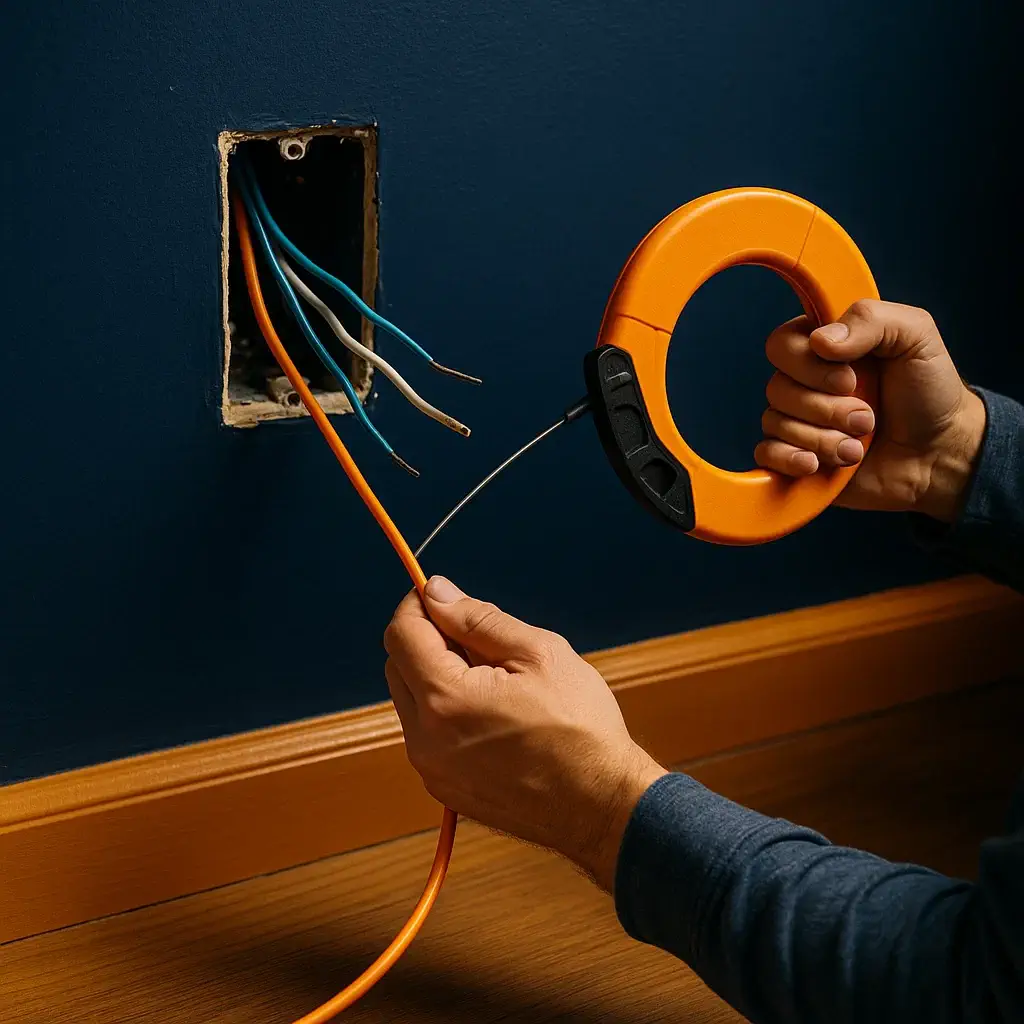
Why Homeowners Choose Tik Electric
- Minimal-damage routing: Attic/crawlspace fishing, trim-assisted access, and clean patches are standard practice.
- Older-home expertise: From knob-and-tube retirements to aluminum mitigation and panel modernization.
- Permit-first mindset: You get a compliant, insurable result—on record.
- Respectful install: Floor protection, HEPA vacs, and tidy finish work.
Explore rewiring services los angeles with a quick consult, or mention electrical rewiring in los angeles if you’re calling for a same-week assessment.
Costs, Timelines, and the “Free” Question
How to get your house rewired for free
“Free” whole-home rewires are rare. However, you may reduce out-of-pocket costs via:
- Utility rebates/low-income assistance (safety, weatherization, or electrification programs)
- Municipal or county grants for life-safety upgrades (availability changes)
- Financing with promotional rates to spread payments
- Bundled projects (panel + rewire + EV circuit) to cut labor trips and permitting overhead
Reality check: Expect partial assistance at best. A reputable contractor can help document hazards and provide the code-level scope programs prefer. Tik Electric routinely helps clients navigate practical options in LA.
Typical Ranges
- Small homes or partial rewires: $4k–$12k
- Full rewires with panel upgrade: $12k–$30k+
- Timeline: 3–10 days on site for many homes, plus inspection scheduling
(Every home is unique—age, access, finishes, and capacity needs matter more than square footage alone.)
Our Completed Rewiring & Electrical Upgrades Projects
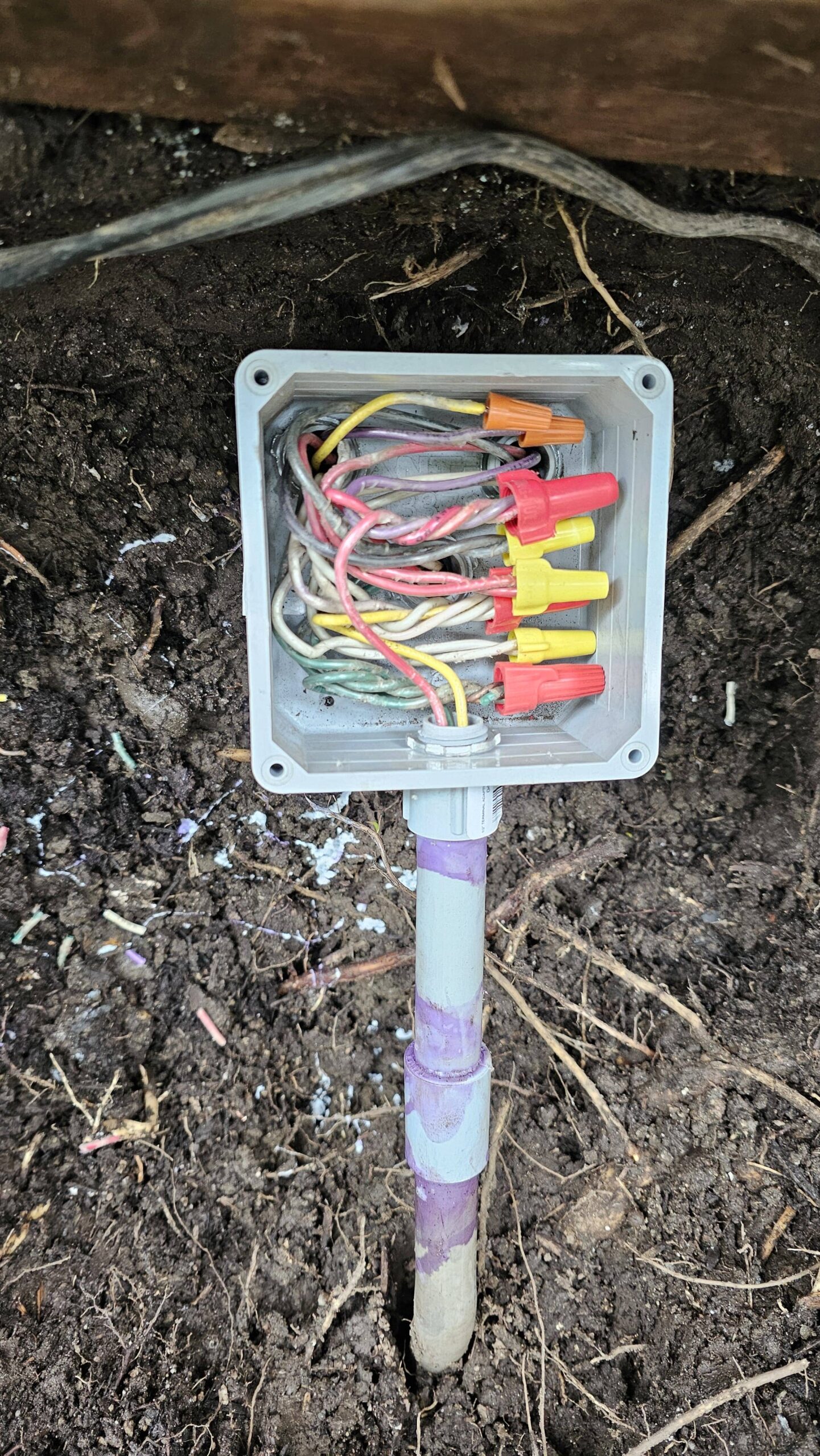
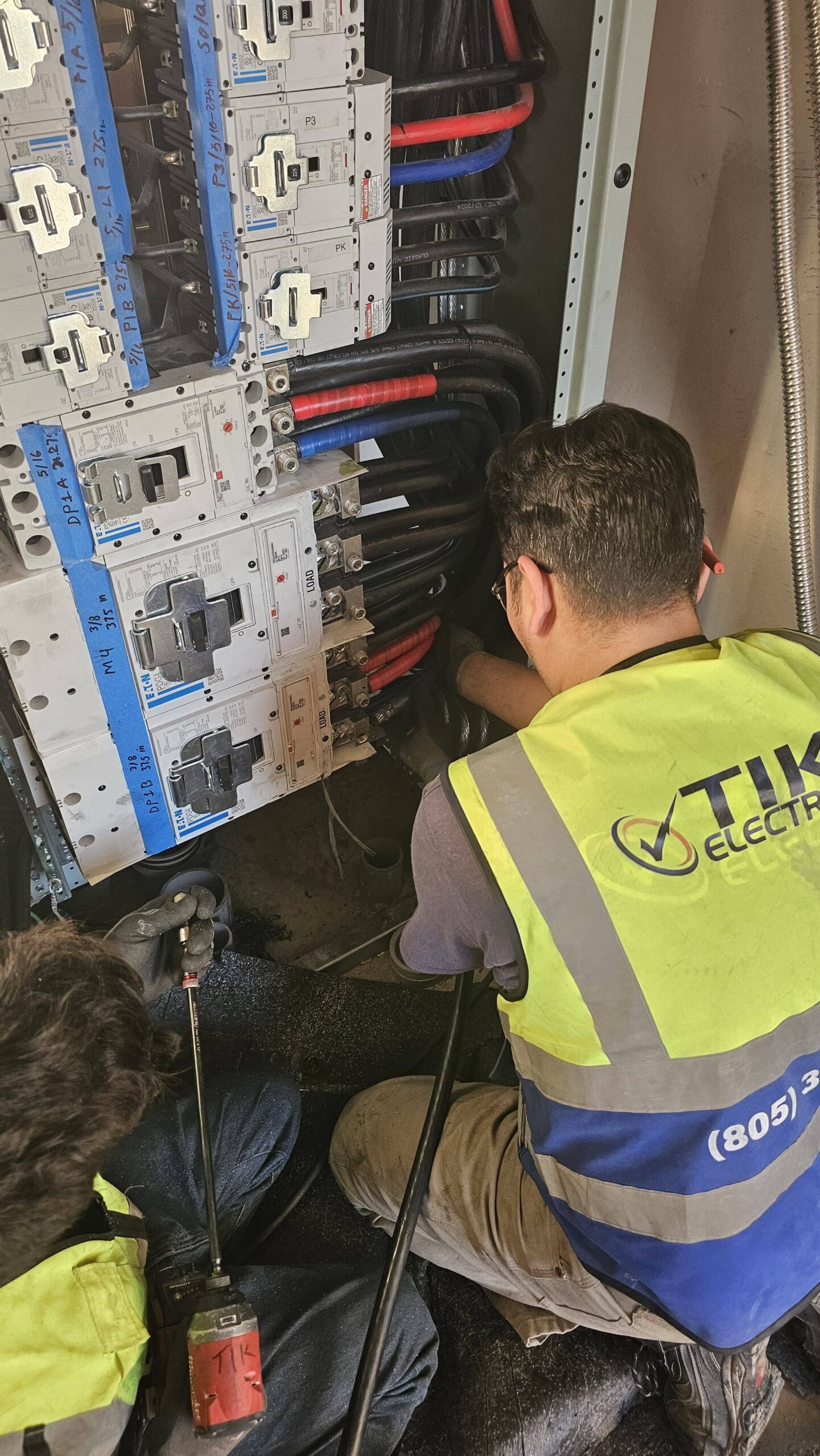
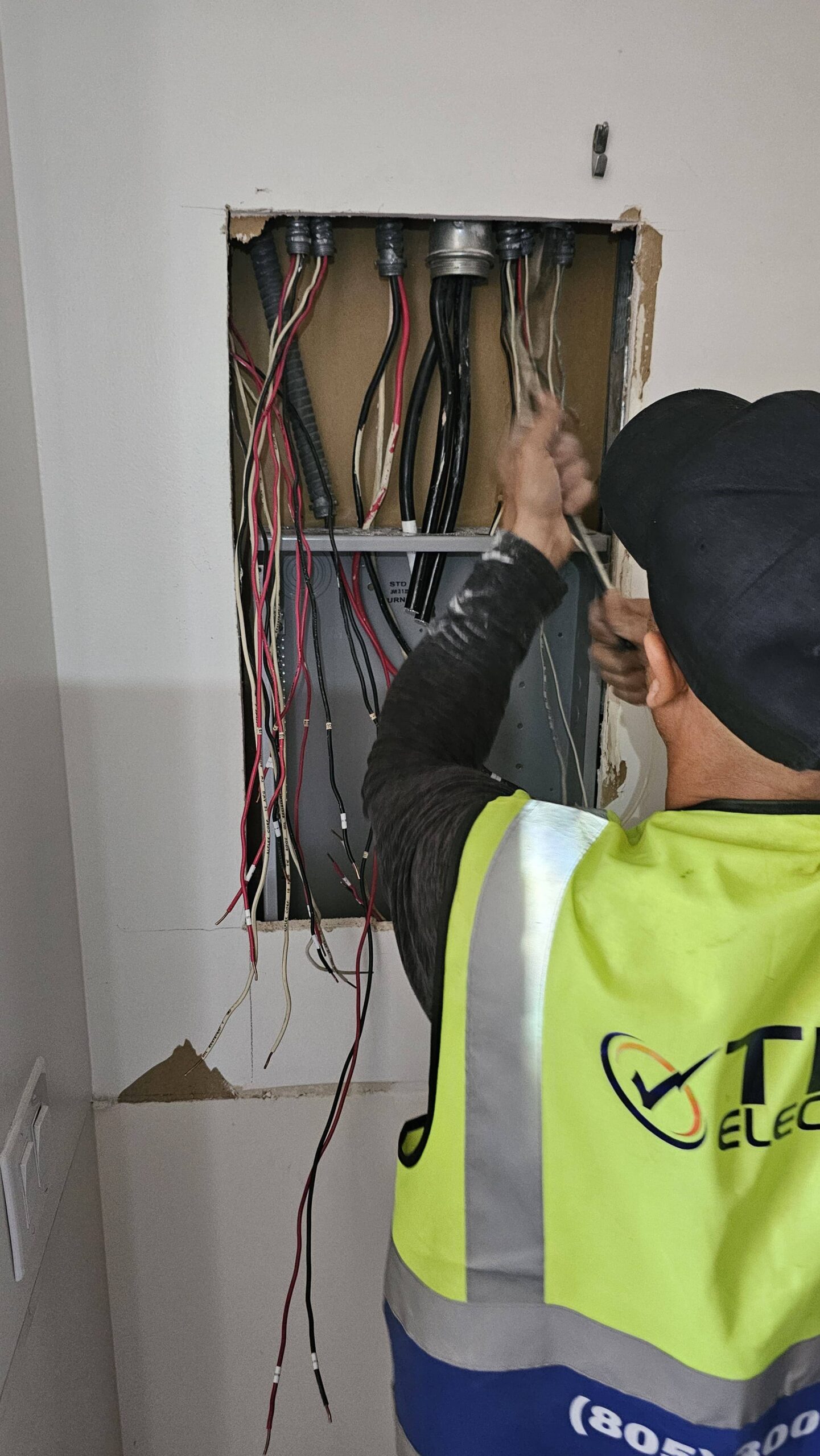
FAQ (Straight Answers)
Not always. Sometimes targeted upgrades (panel, kitchen/bath circuits, grounding) address the risk. A licensed evaluation tells you which path is safest.
They’re more sensitive by design, but quality devices and tight terminations prevent most issues. They’re required in many habitable areas for fire safety.
Use approved pigtailing methods or CO/ALR devices—no unlisted connectors. Many LA homes benefit from copper conversion during a rewire.
Usually yes. Crews phase circuits so lights/outlets are available nightly. One or two “dark” days may be needed during panel work.
If circuits are being replaced, yes—current code requires TR outlets in most areas.



Leave a Reply